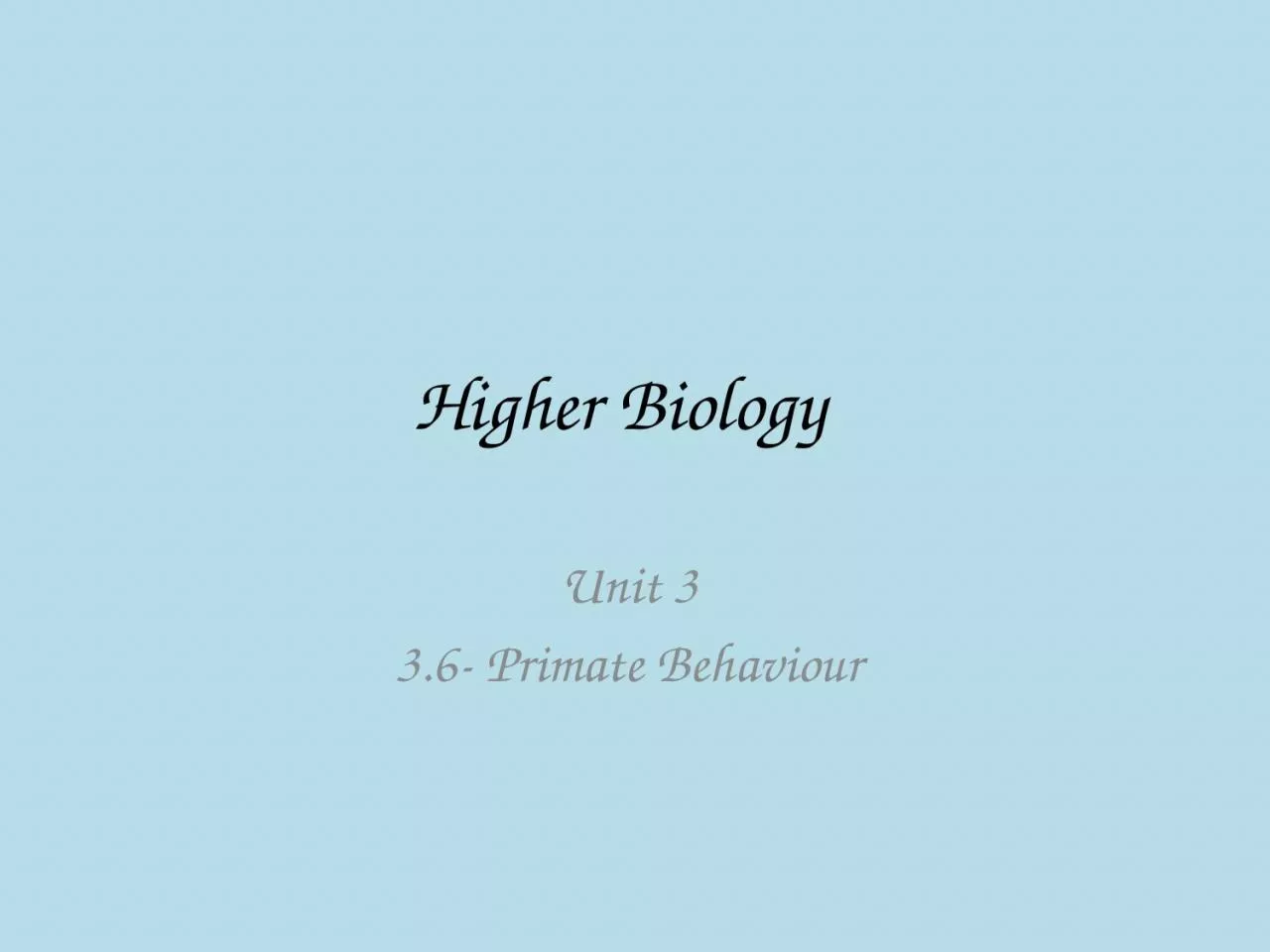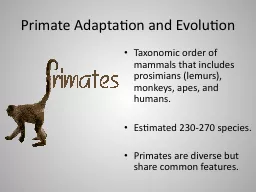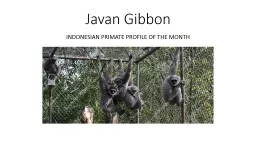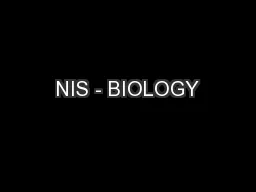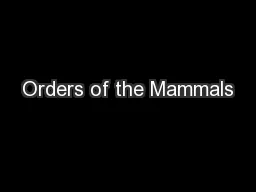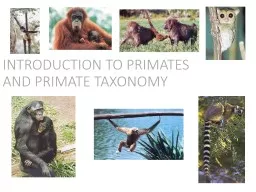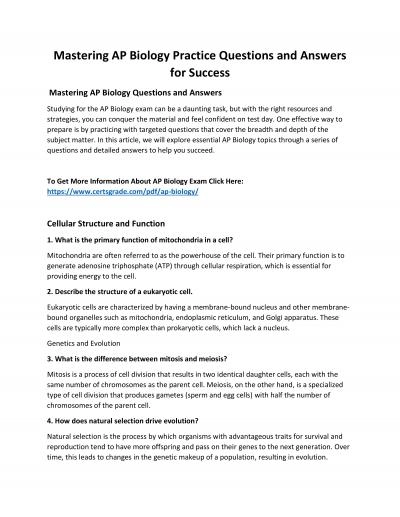PPT-Higher Biology Unit 3 3.6- Primate Behaviour
Author : arya | Published Date : 2023-10-29
Primates Primates are a group of placental mammals They include lemurs monkeys apes and humans Parental Care Primates invest a long time in parental care for
Presentation Embed Code
Download Presentation
Download Presentation The PPT/PDF document "Higher Biology Unit 3 3.6- Primate Beh..." is the property of its rightful owner. Permission is granted to download and print the materials on this website for personal, non-commercial use only, and to display it on your personal computer provided you do not modify the materials and that you retain all copyright notices contained in the materials. By downloading content from our website, you accept the terms of this agreement.
Higher Biology Unit 3 3.6- Primate Behaviour: Transcript
Download Rules Of Document
"Higher Biology Unit 3 3.6- Primate Behaviour"The content belongs to its owner. You may download and print it for personal use, without modification, and keep all copyright notices. By downloading, you agree to these terms.
Related Documents

